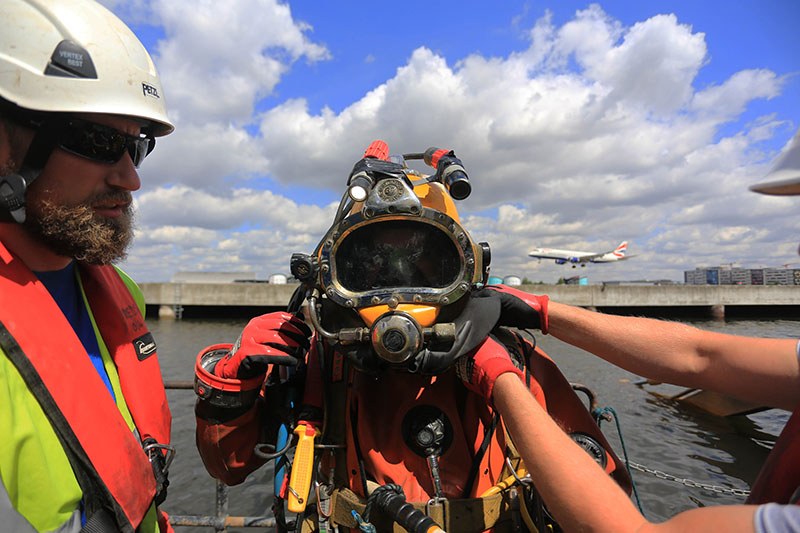Tunisia has managed contamination from several armed conflicts in the region and SafeLane has provided support with clearance and risk assessments.
The Tunisia Campaign of 1942-1943 saw a series of battles between Axis and Allied forces, leaving a legacy of explosive threats which continue to threaten local communities.
The post-independence area led to the laying of new minefields across the borders with Algeria and Libya. While minefields have been declared as cleared by the Tunisian government, explosive remnants of war (ERW) continue to threaten local communities and commercial operations.
In recent times, terrorist organisations have been responsible for a new wave of explosive threat in the form of victim operated improvised explosive devices (VOIEDs).
Non-state armed groups have also used improvised mines in areas around the Algerian border, compounding the pre-existing explosive threat caused by historic conflicts.
SafeLane recently conducted a desktop study of an offshore area in Tunisia.
The study involved the investigation of:
- Underwater minefields
- Beach defences
- Air and seaborne activity in the area
- The effects of currents on ordnance
- The migration of ordnance from other areas
- Seabed conditions and mine burial


